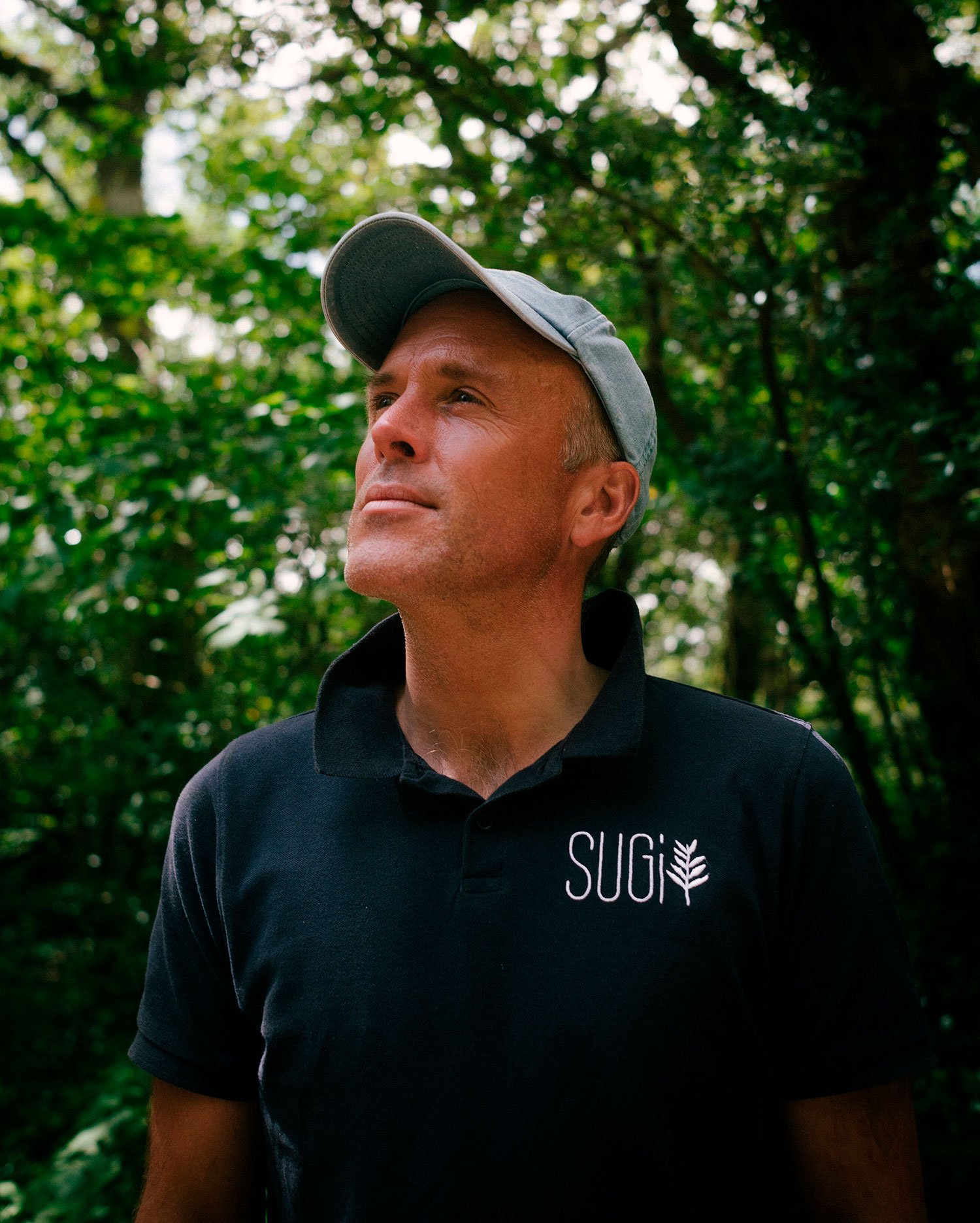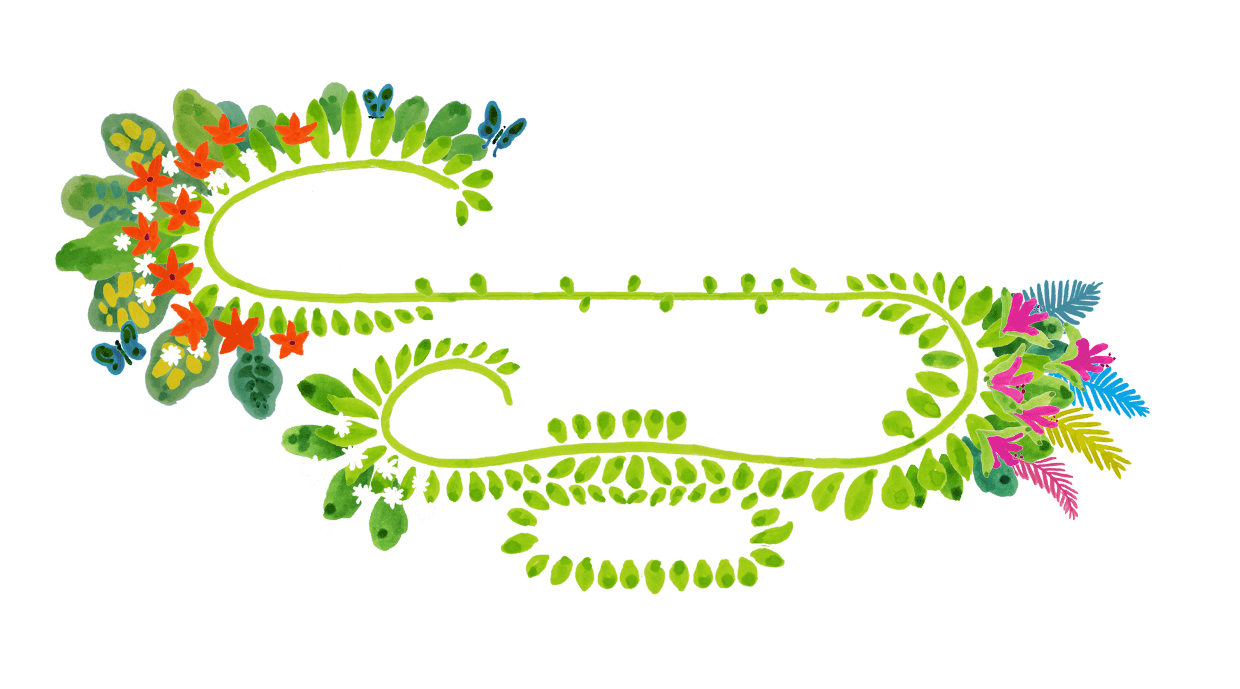
Athens, Greece
Athenian Oak Revival
Calling back Daphne and the Dryads
Our Athenian Oak Revival project marks the first time SUGi is venturing into large-scale oak restoration and comes in response to the tragic loss of forests in the region following years of intermittent fires.
Calling on both the natural history and mythology of the region, 12 species of indigenous oak trees will be restored across 10,000 Sq m. Our aim is to bring back a native oak forest in an area where these beautiful ecosystems used to be common sight but are slowly being forgotten.
Forest Maker James Godfrey-Faussett
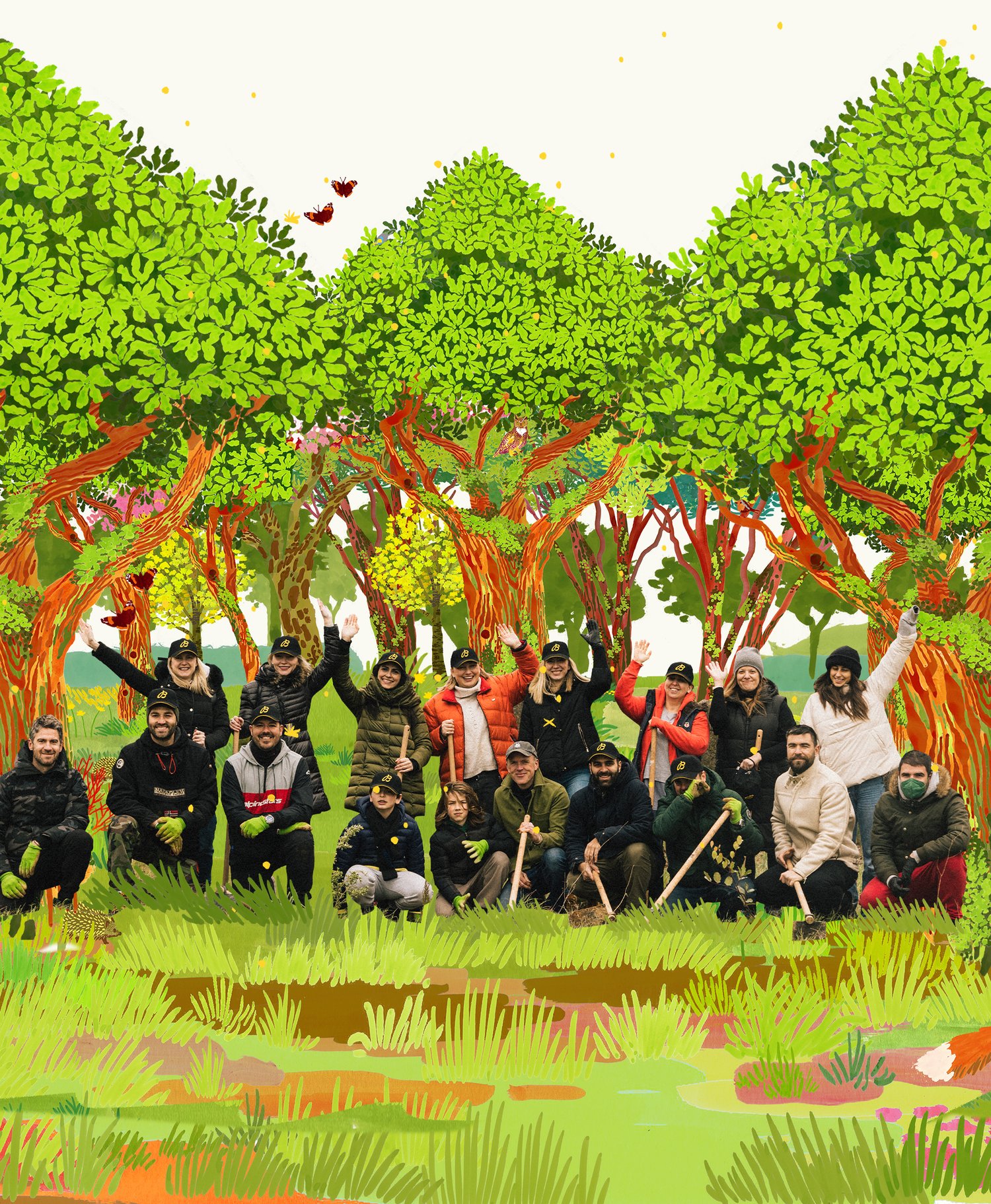
2,000
TREES
10,000
SQUARE METERS
16
NATIVE SPECIES
Forest Partner

“This project will act as a catalyst to repair wildfire damage, through the planting of a true indigenous oak forest. These oak forests once dominated and covered large parts of Greece. Left to thrive, these diverse forests will be a home for biodiversity to flourish and protect the land - including lessening the effects of future wildfires.”
— James Godfrey-Faussett, SUGi Lead Forest Maker
Forest Report: 6 Months
DATE: 03.09.2022
Survival Rate: 85%
Average of Tallest 3 Trees: 60cm
Our Athenian Oak Revival project marks the first time SUGi is venturing into large-scale oak restoration and comes in response to the tragic loss of forests in the region following years of intermittent fires. The project was not executed adhering to the Miyawaki method, but rather followed traditional planting practices, albeit with a focus on native species.
2022 has seen record heat and no rain for over six months. Growth has subsequently been slow but is steady in the extreme conditions where the soil tends to become hard and compacted. Survival rate is good.
Native species such as holm oak (Quercus ilex), kermes oak (Quercus coccifera), wild olive (Olea oleaster) and carob (Ceratonia siliqua) and juniper (Juniperus communis) that are adapted to the heat have done well. This is due to the fact that these species tend to have shiny, waxy leaves that are more robust and don't dry out as quickly. Indeed, the juniper is the tallest species in the forest currently. The winter rains ought to bring a boost to growth rates, laying the foundations for a positive second year.
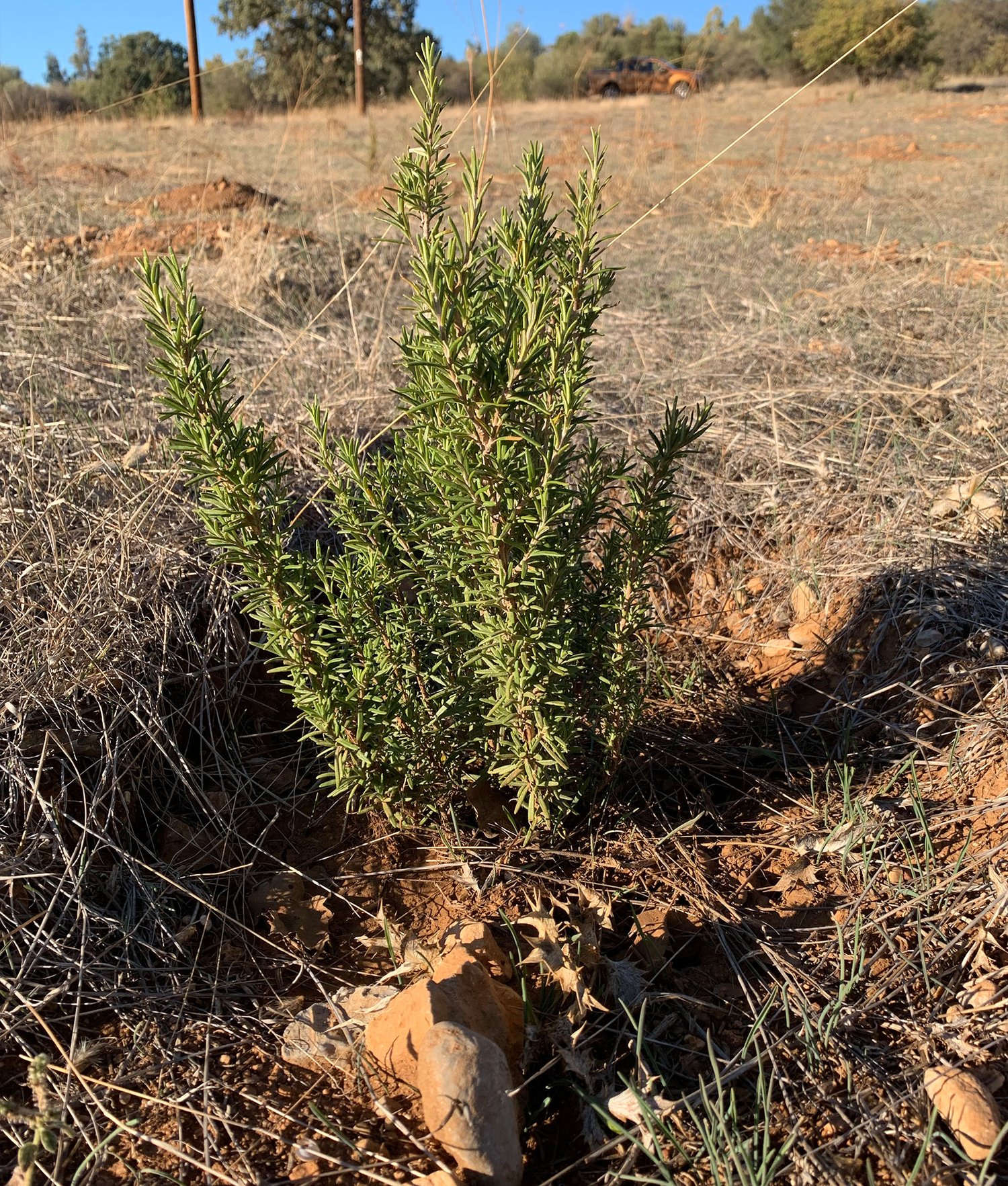
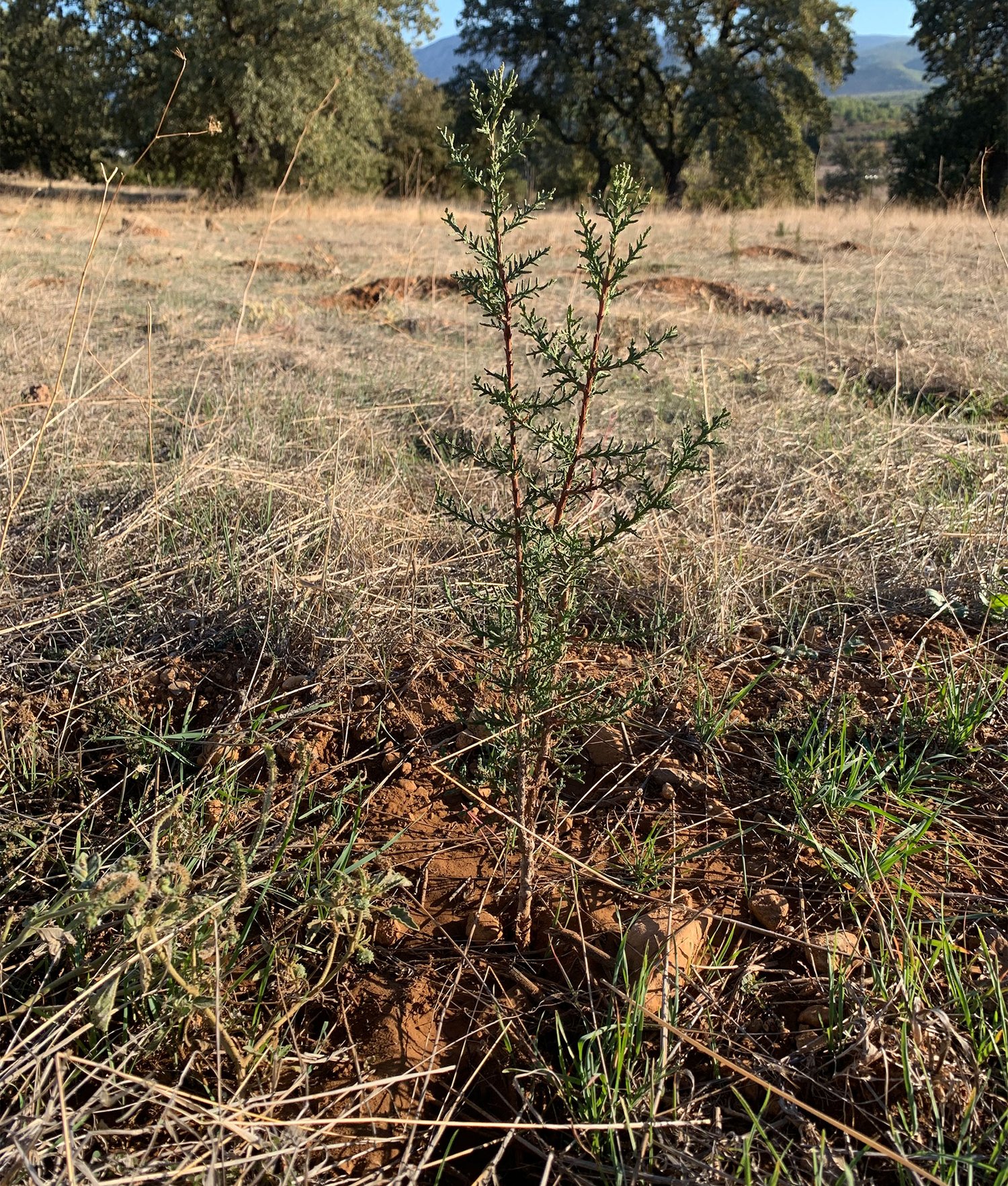
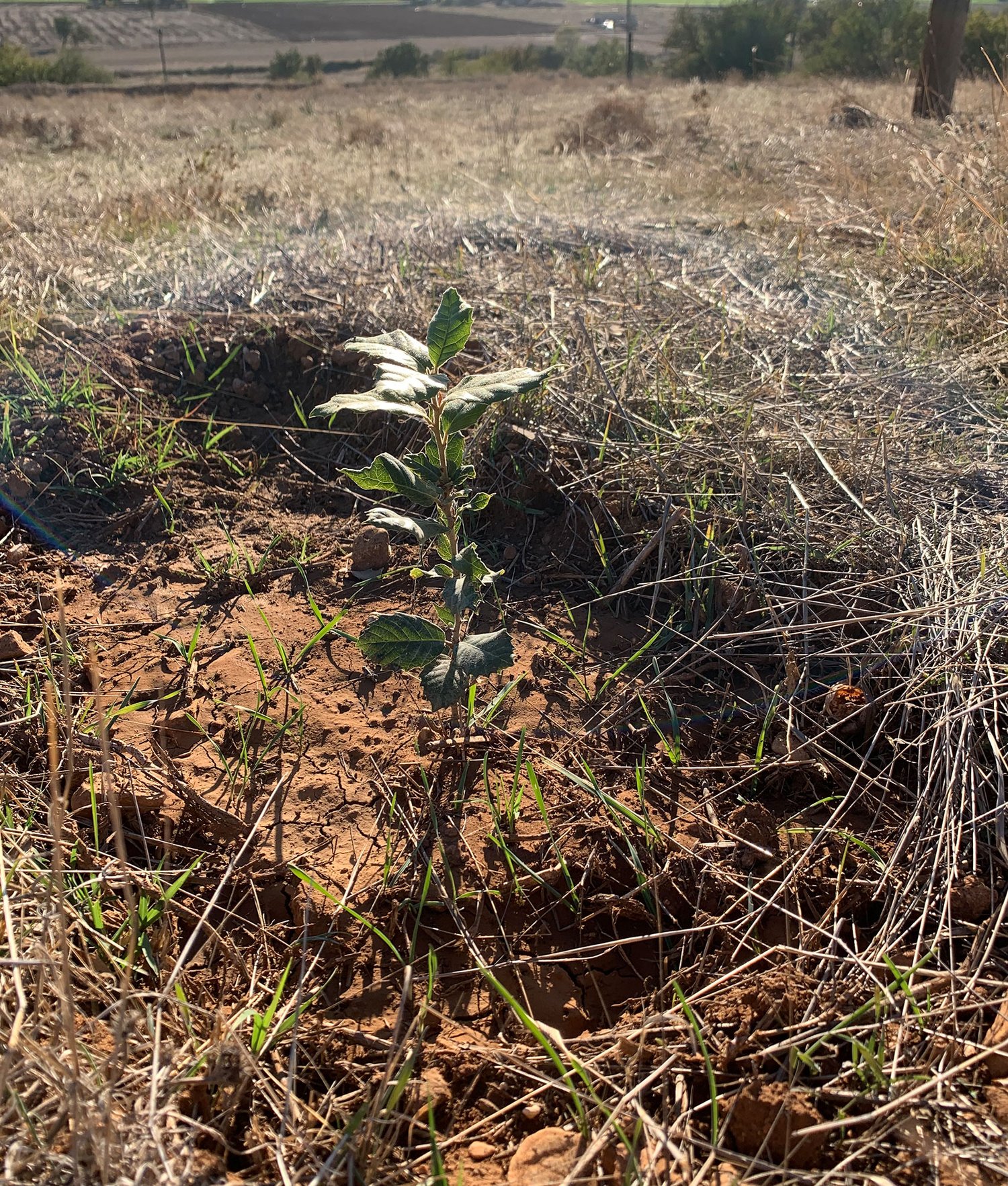
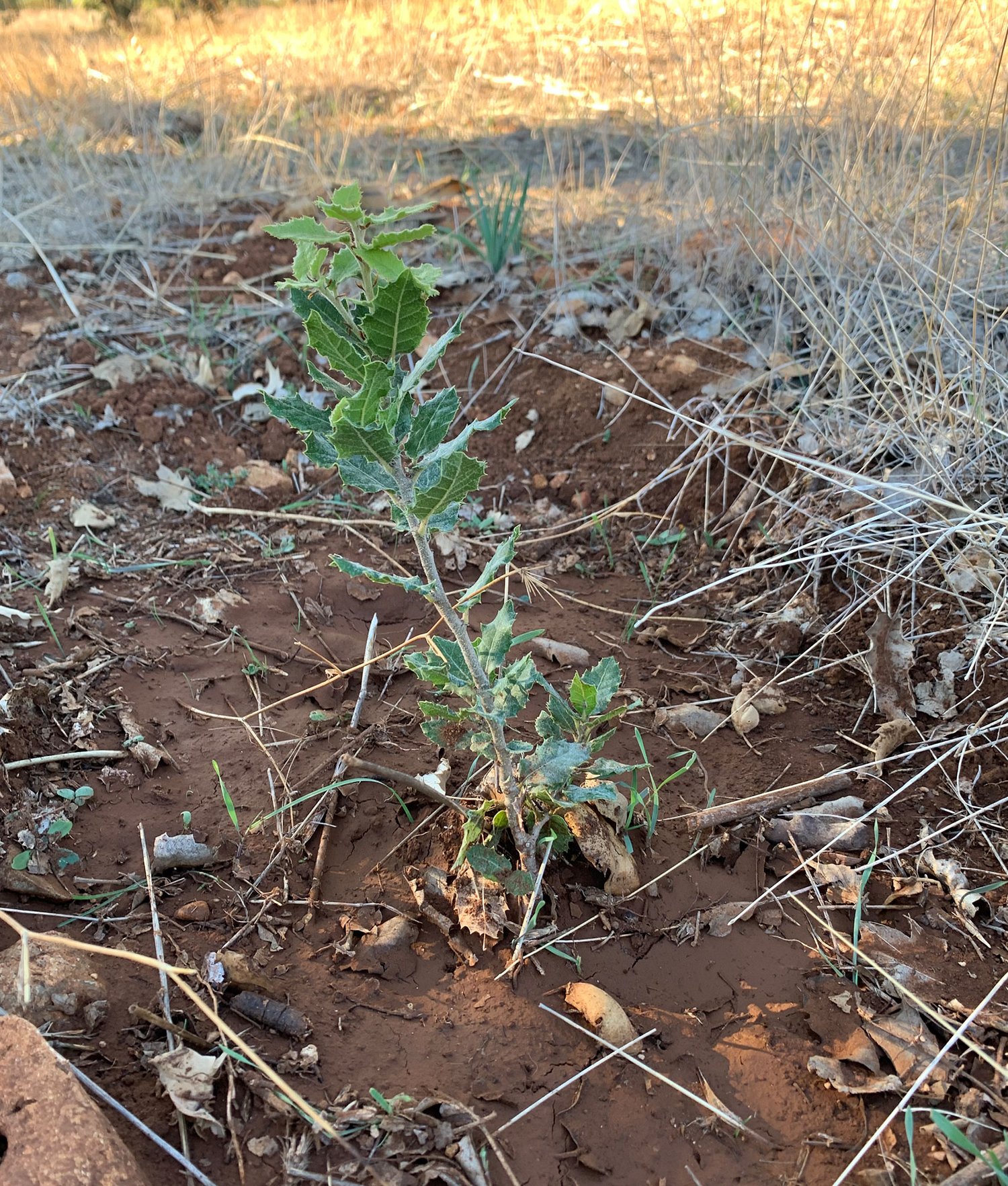
Forest Report: Planting
DATE: 03.03.2022
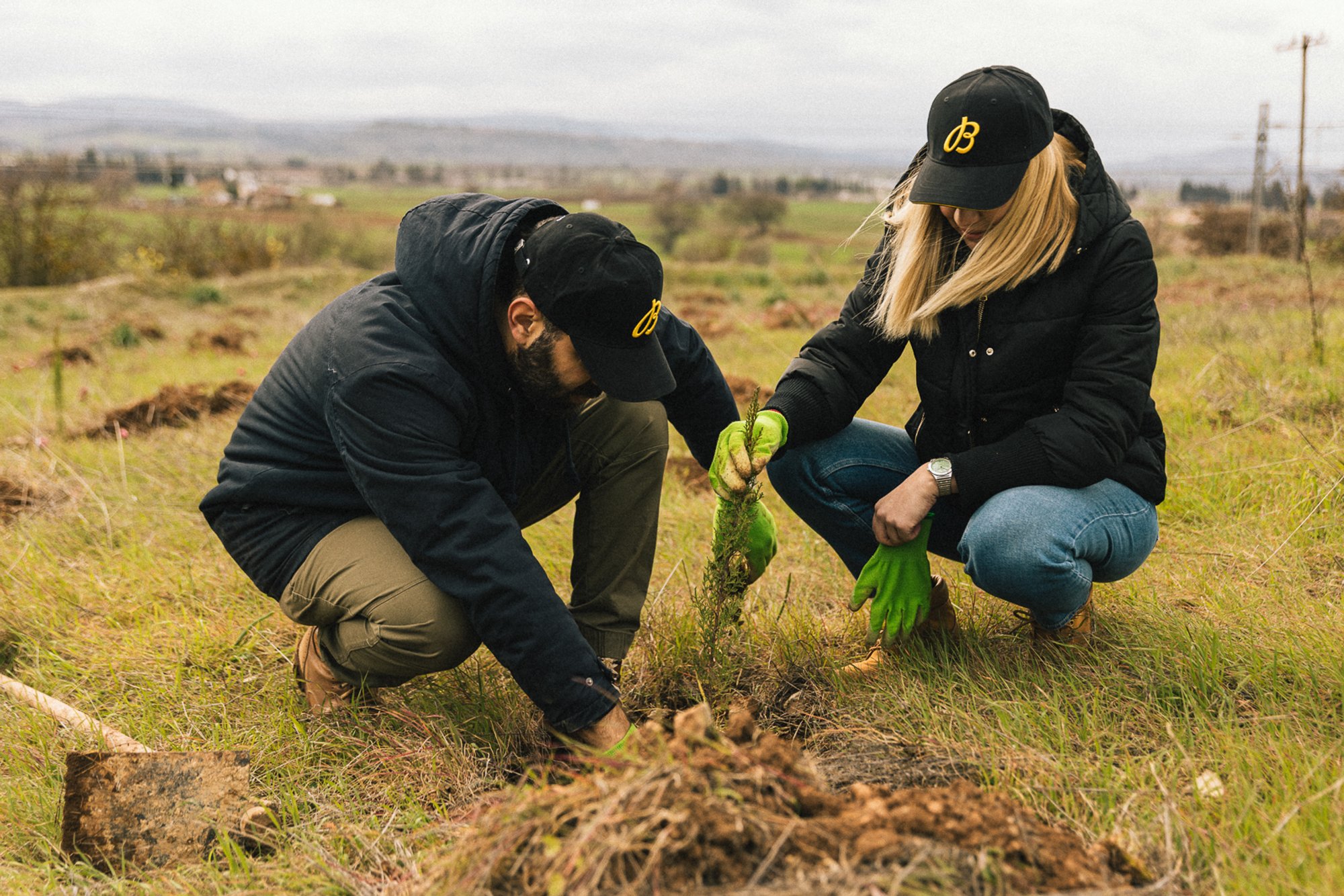
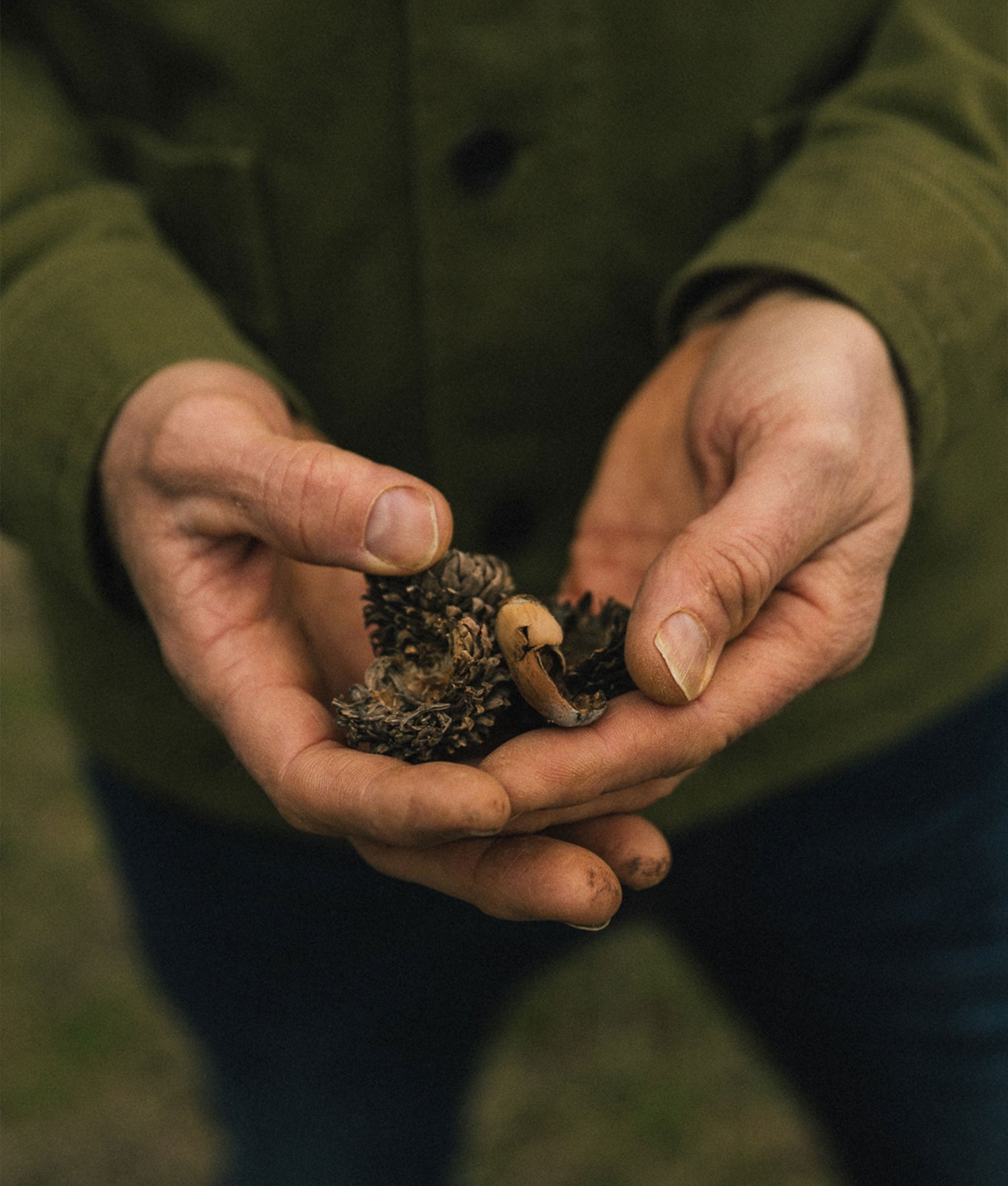
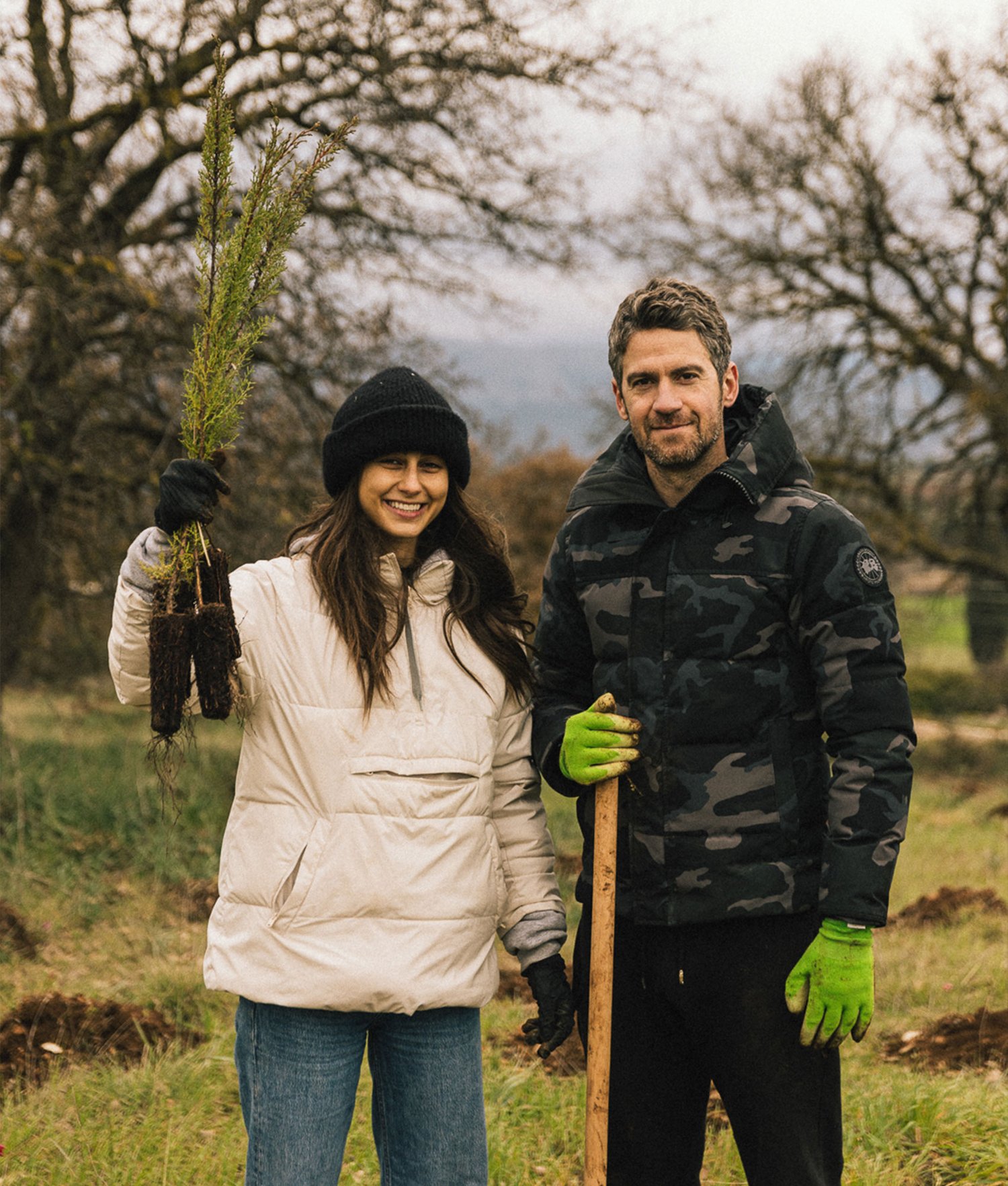
Why the Athenian Oak Revival?
The project will restore this complex ecosystem through the planting of an interconnected mix of native species - from the mighty oaks down to scented and medicinal herbs. This will create one harmonic and resilient ecosystem in which biodiversity will flourish.
Athenian Oak Revival is also important for land management and the prevention of forest fires. It offers an alternative to the pine monoplanations that have come to dominate the local landscape and are highly susceptible to fires. In planting a diverse mix of species, this pocket of oak forest could potentially help combat future blazes.
Lastly, the project will reconnect the local community with their cultural heritage surrounding these mighty trees. Greek mythology abounds with figures connected to the oak, including Daphne, the goddess of the oak tree and the dryads, said to be the spirits of oak trees. In the past, elder oaks were thought to have healing powers; ill children were often brought to sit beneath them so that they may be cured. This is why oaks were referred to locally as the martyr trees.
Athenian Oak Revival celebrates the oak - and offers the opportunity to share stories in which people both cherished and revered the natural world.
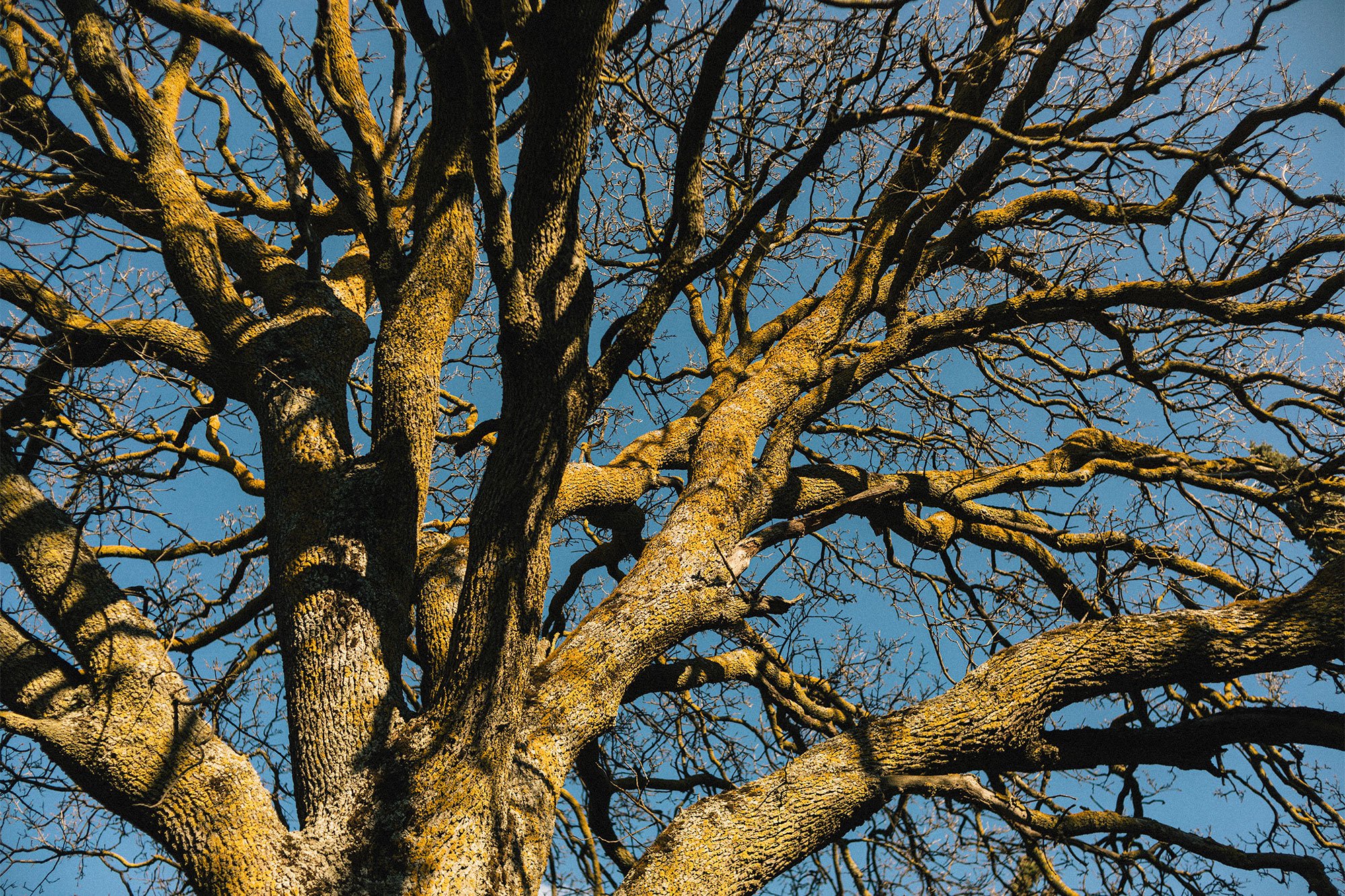
We’re thrilled to collaborate on this project with:

Discover more SUGi Projects

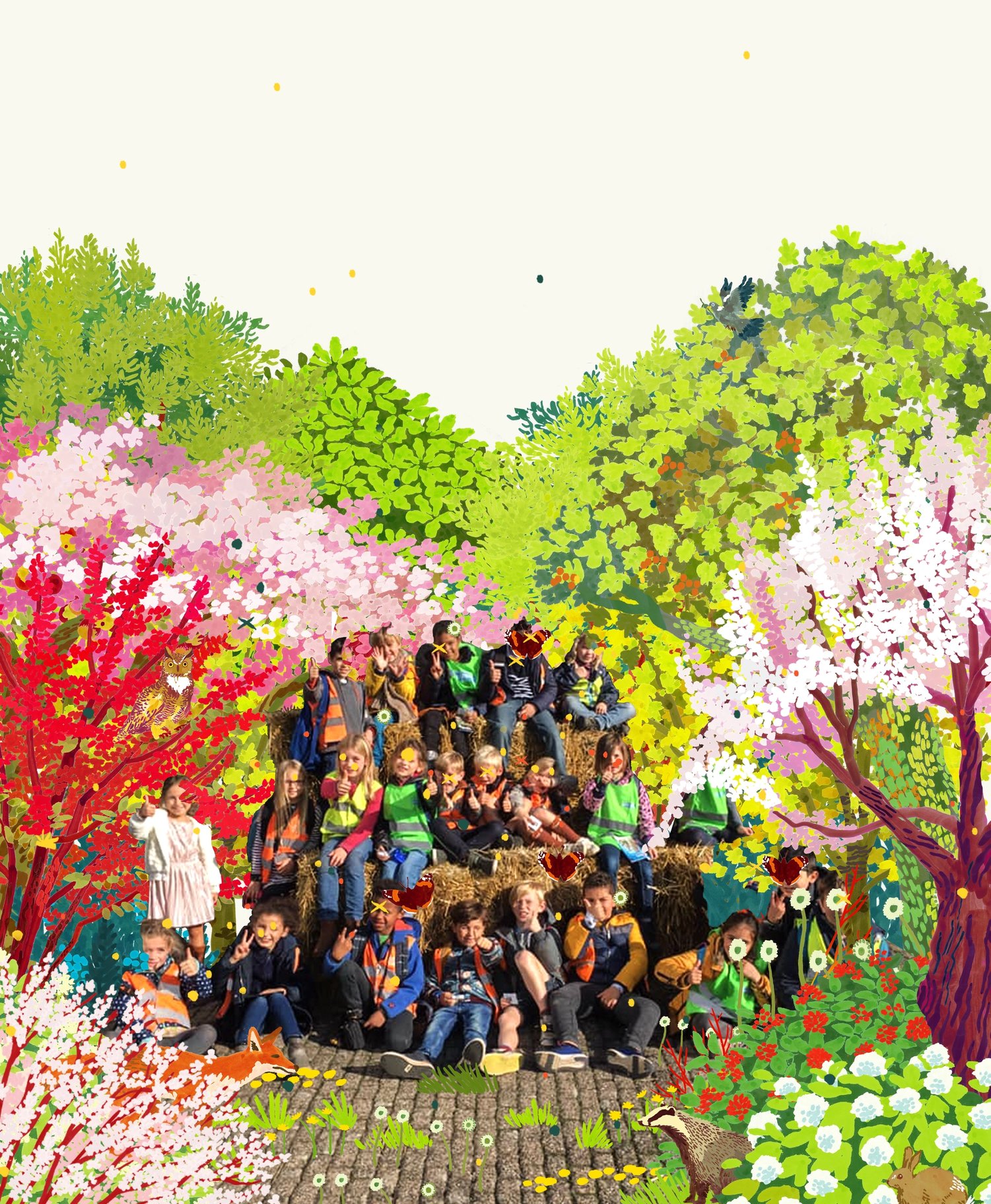
De Ark
A forest learning center in Sint-Niklaas


Langalibalele Forest
Cultivating a green oasis for community wellness and education.

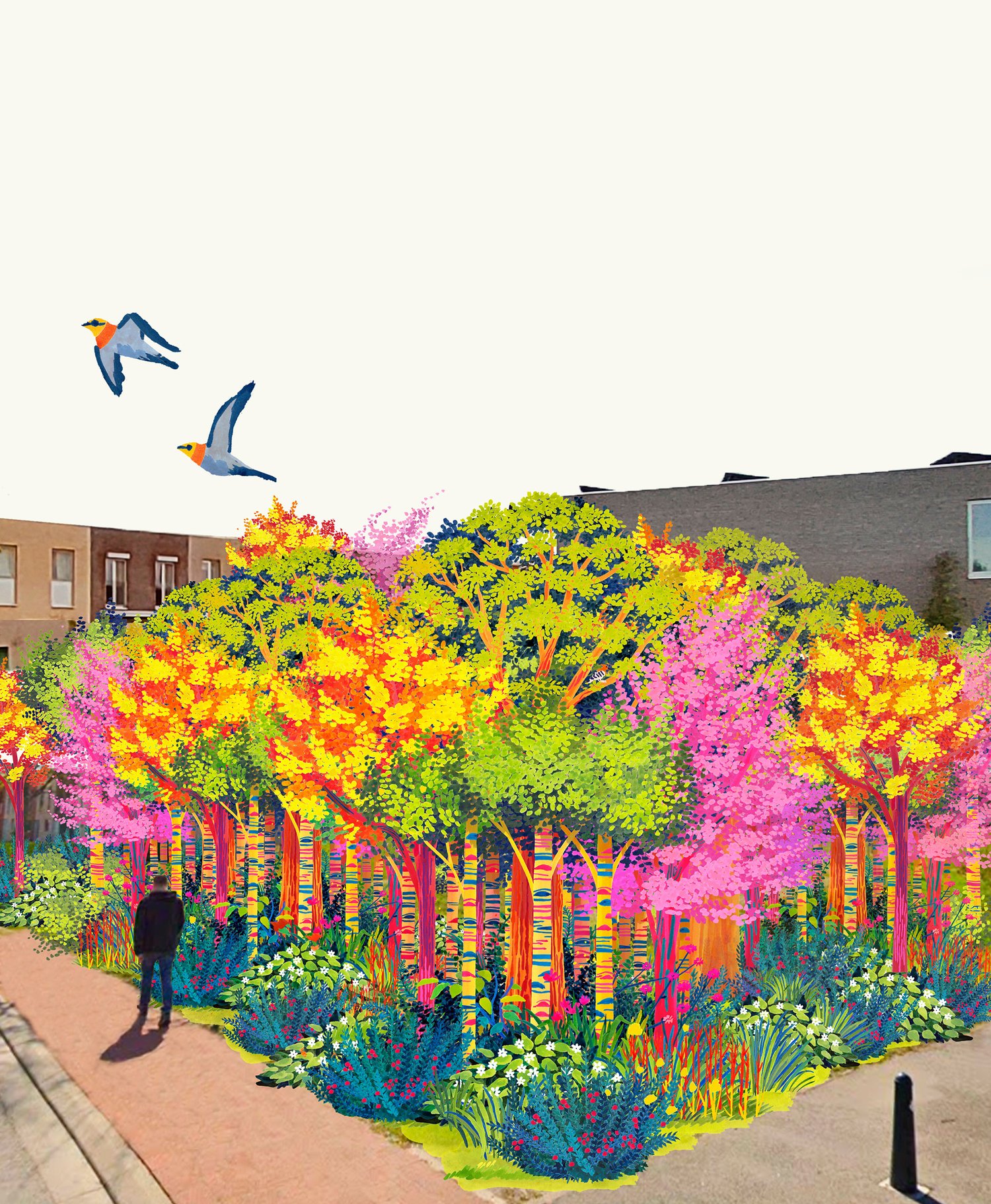
Papenhof Forest
Nature-based therapy at the heart of a city

